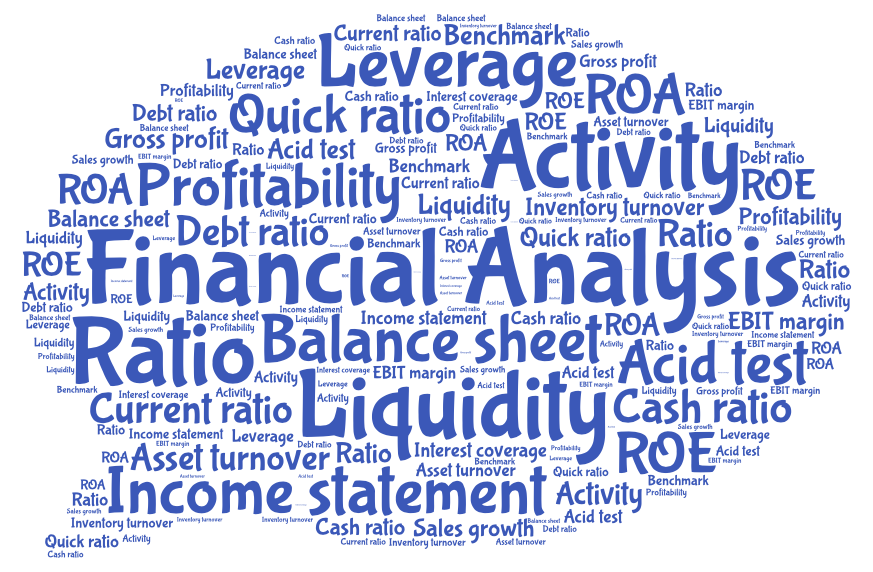Module Structure
The ultimate purpose of Financial Analysis is to make performance comparable—over time and across companies. Financial analysis thereby typically focuses on five main determinants of “performance:” The firm’s liquidity, activity, financing policy, profitability, and payout policy.

In this module, we learn how to conduct financial analysis. The course proceeds in 5 main steps:
- The basic accounting framework and common-size financial statements
- The most important financial ratios
- Focus: Return on Equity and its determinants
- Measuring Value Creation
- Comprehensive Case Study
For each topic, there is a short reading assignment, followed by some review questions and practice examples. Throughout the module, we apply the tools and instruments of financial analysis to one specific company, The Hershey Company. This allows us to also discuss the links between the various dimensions of performance and, thereby, derive a more comprehensive picture of the financial situation of a company.
One important dimension of Financial Analysis is the ability to understand how much cash a firm generates and what the different sources and uses of cash are. This is the topic of the course "Financial Planning" and will not be discussed in detail in this course.
Before diving into the details of financial analysis, the introductory reading below provides a broader motivation of this module's topic.
